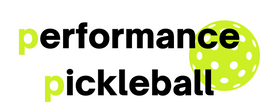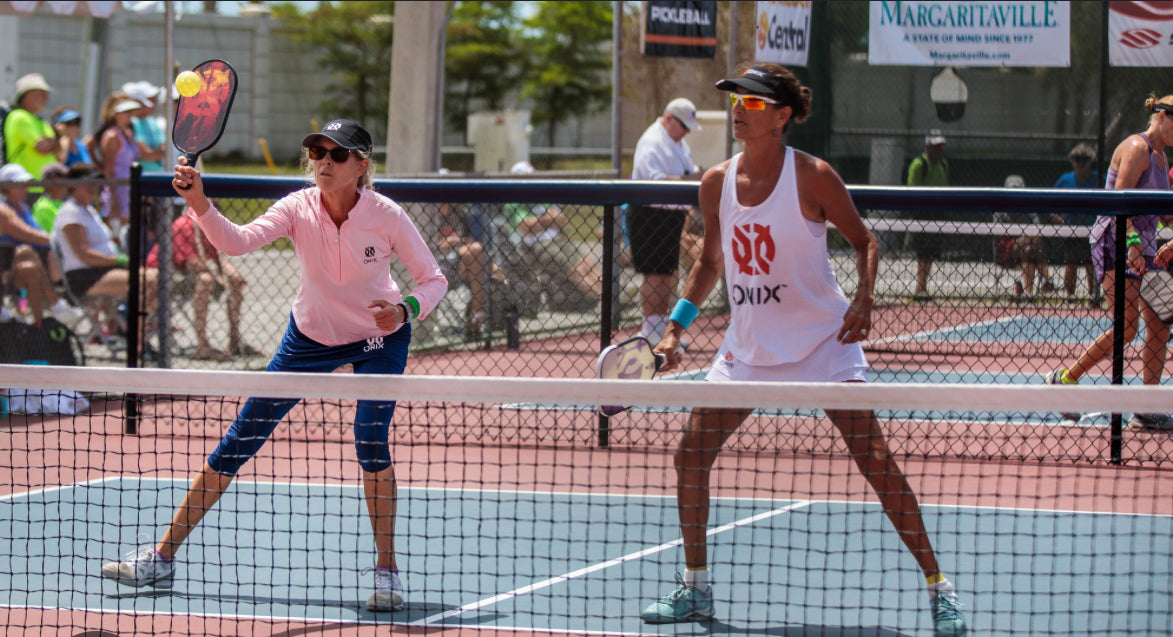Pickleball is a game of strategy as much as it is of skill. One of the most crucial shots in the game is the third shot, which can determine the pace and control of a rally. Whether you’re a beginner looking to improve or an experienced player refining your game, understanding and mastering the third shot is essential.
What Is the Third Shot in Pickleball?
The third shot occurs after the serve (first shot) and the return of serve (second shot). Since the returning team is usually positioned at the non-volley zone (kitchen) after their return, the serving team must use the third shot strategically to advance to the net without giving their opponents an easy opportunity to attack.
Types of Third Shots
There are two main types of third shots in pickleball:
1. Third Shot Drop
The third shot drop is the most effective and commonly used shot at higher levels of play. The goal is to hit a soft shot that lands in the opponent’s kitchen, making it difficult for them to attack.
Why it works:
It forces the opponent to hit upwards, reducing their ability to be aggressive.
It allows the serving team to move up to the kitchen and neutralize the returner’s advantage.
It sets up a dink rally, where patience and control come into play.
2. Third Shot Drive
The third shot drive is a more aggressive option where the server hits a hard shot toward their opponent. It’s effective when executed properly, especially if your opponent is not expecting it.
Why it works:
It can force a weak return from the opponent.
It keeps pressure on the receiving team.
It works well when paired with a follow-up drop shot.
When to Use Each Shot
Choosing between a third shot drop and a drive depends on several factors:
Opponent’s positioning: If they are already at the net, a drop shot is usually the better option. If they are further back, a drive might work.
Your skill level: The drop shot requires finesse and control, while the drive is easier for beginners but can be risky.
Game situation: If your opponents are aggressive, mixing in drives can keep them off balance. If they struggle with soft shots, the drop shot is a great choice.
Drills to Improve Your Third Shot
1. Kitchen Drop Drill
Stand at the baseline and practice hitting drop shots into the opponent’s kitchen.
Aim for consistency rather than power.
2. Drive & Drop Combo Drill
Alternate between hitting a third shot drive and a third shot drop.
This helps you develop versatility in your game.
3. Live-Play Simulation
Have a partner return serves and practice different third-shot strategies.
Focus on movement and positioning after hitting your shot.
Final Thoughts
The third shot is one of the most important elements in pickleball strategy. Whether you choose a drop or a drive, mastering this shot will give you a major advantage in every game. Practice regularly, mix up your shots, and use the right option based on the situation. With time and experience, your third shot will become a powerful tool that sets you up for success.

